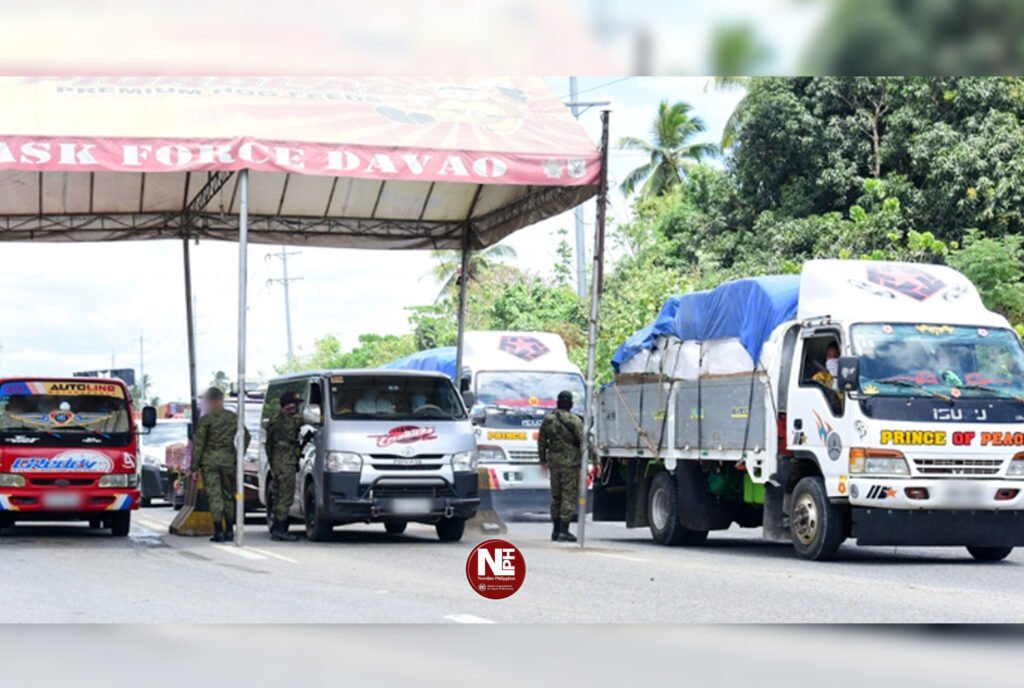
DAVAO CITY (November 27) — Davao City is moving toward one of the most expansive AI-powered surveillance systems in Mindanao, with plans to install 150 high-definition CCTVs equipped with facial recognition across airports, seaports, checkpoints, transport terminals, government buildings, and crowded public spaces.
The initiative follows the 21st City Council’s approval of the AI-Powered Border and Public Safety Surveillance Ordinance, a measure that expands state monitoring and integrates local systems with national law enforcement databases.
While city officials bill the project as a modern upgrade to crime prevention, the plan marks a significant escalation of government surveillance, raising questions about civil liberties, data security, and transparency over how AI will be used on ordinary citizens.
A Surveillance Net Covering the City
Councilor Bonz Andre Militar, the ordinance author, said the system will allow authorities to detect and flag individuals already in criminal watchlists, sending real-time alerts to the Public Safety and Security Office (PSSO).
But the ordinance’s coverage goes far beyond border control. The AI system will blanket:
- Air & sea gateways — Davao International Airport, Old Sasa Airport, Toril Fishport Complex, Sta. Ana Wharf, PPA and other wharves
- Transport hubs — DCOTT, bus system stops, private van terminals
- Government centers — City Hall, SP building, Hall of Justice
- Public spaces — People’s Park, Magsaysay Park, night markets, public markets
- All major checkpoints — Lasang, Sirawan, Lacson, plus sub-border points
The addition of “other public access points as may be identified by the PSSO” leaves the door open for future expansion, potentially widening the city’s surveillance footprint beyond the areas publicly disclosed.
Data Sharing Across Multiple Agencies
The ordinance formally links Davao City’s surveillance feeds with at least 11 national security and law enforcement bodies, including:
- Davao City Police
- Task Force Davao
- NICA
- NBI
- Bureau of Immigration
- PDEA
- Coast Guard
- CIDG
- Bureau of Customs
- Civil Aviation Authority
This integration gives multiple agencies real-time access to facial recognition matches—a level of inter-agency data sharing rarely seen at the LGU level.
While officials say only those in official watchlists will be flagged, the measure does not fully detail how inaccuracies, false positives, or erroneous matches will be handled, nor how citizens can seek redress if they are wrongly tagged.
Privacy Protections—Or Privacy Gaps?
Militar assured that biometric data will be retained only for the duration necessary for processing and “securely deleted” afterward. But the ordinance gives the city broad authority to store and access scans, with no independent oversight body, third-party audits, or public transparency mechanisms required.
The lack of explicit safeguards raises key questions:
- Who verifies the accuracy of the AI system?
- Who ensures data deletion policies are actually followed?
- How will the city respond to wrongful tagging?
- Will citizens be notified if their biometric data is compromised?
Globally, AI facial recognition has been criticized for racial and demographic bias, false matches, and wrongful arrests—issues that the ordinance does not explicitly address.
Penalties for Dodging the Cameras
Residents who attempt to evade scanning, tamper with cameras, or access surveillance data without authorization face fines of up to ₱5,000 and/or one year imprisonment.
These penalties, critics say, tilt the ordinance toward strict compliance rather than accountability, putting the burden on the public while the oversight structure for authorities remains unclear.
Procurement Still Unresolved
Several local and foreign firms have expressed interest in providing the technology, but the city must still undergo public bidding. No details yet on:
- cost estimates
- funding source
- system testing phase
- independent validation of accuracy claims

